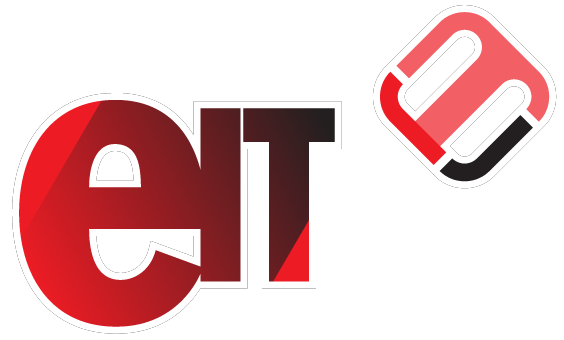Templates Terminology
Understand the terms commonly used in templates.
Objects
An object represents an entity on the system (E.g. Students, Offers, Agents etc) with a collection of elements such as data fields. The templates can be associated with Objects to determine the context where the template will be used. For example, if you need a template that uses Offers data, the template needs to be associated with the Offers object so the Offers data will be available for the template and the template will also be available on the Offers.
Templates that are not associated with any object are called Global templates and they are reusable sections that can be embedded into other object-specified templates.
For more details about Objects. See this article: Objects
Template Types
The template type determines how the template can be used:
Section: A section type is a generic template type that can be embedded into other templates. If you have repetitive content that you need to have in multiple templates, you can create a section and then insert it into the templates. Some examples can be headers, footers, and email signatures.
.png?inst-v=8016a10b-7454-4d8b-9021-e22abf965a09)
Grid: The grid type is the most advanced and versatile template type. Similar to the Section, the Grid type template is designed for integration into other templates.
The primary application of this template is for creating complex tables or grids with repetitive elements, such as listing all items in an object. It is advisable to utilize the Grid template only when your requirements exceed the capabilities of the Section or Template types.
Its advanced nature is attributed to its capacity for direct HTML code insertion. This template is best suited for proficient users who possess a foundational understanding of HTML.Template: A template type is a main container that can include sections, grids, or text. The templates of this type are the ones that are available to the end-user when sending messages or creating documents.
Channels
The channels determine the purpose or medium where the templates will be used. Each channel represents a different purpose. For example, an Email template is designated for use in email communications, serving as a layout for sending out emails.
While templates are designated for a specific channel, Section and Grid Templates are supported for cross-channel use where applicable. For example, a Section Template of the Document channel can also be inserted into a template of the Email channel.
Header / Footer
The header and footer are the same concept as sections commonly used in documents or webpages. They are pre-designed Global Object Sections that are consistently used across different templates or sections.
See this article Templates: Header and Footer
Bookmarks
Bookmarks are the system names for different elements in the system. They can be seen as placeholders (e.g.,
{{student.first_name}}) that represent an element such as fields that will be replaced with data during the merge process.See this article Templates: Bookmarks
Helpers
Bookmark Helpers are useful functions for formatting or manipulating data from Bookmarks within templates (e.g., formatting dates, calculating totals).
For more details about Helpers. See this article: Template Helpers
